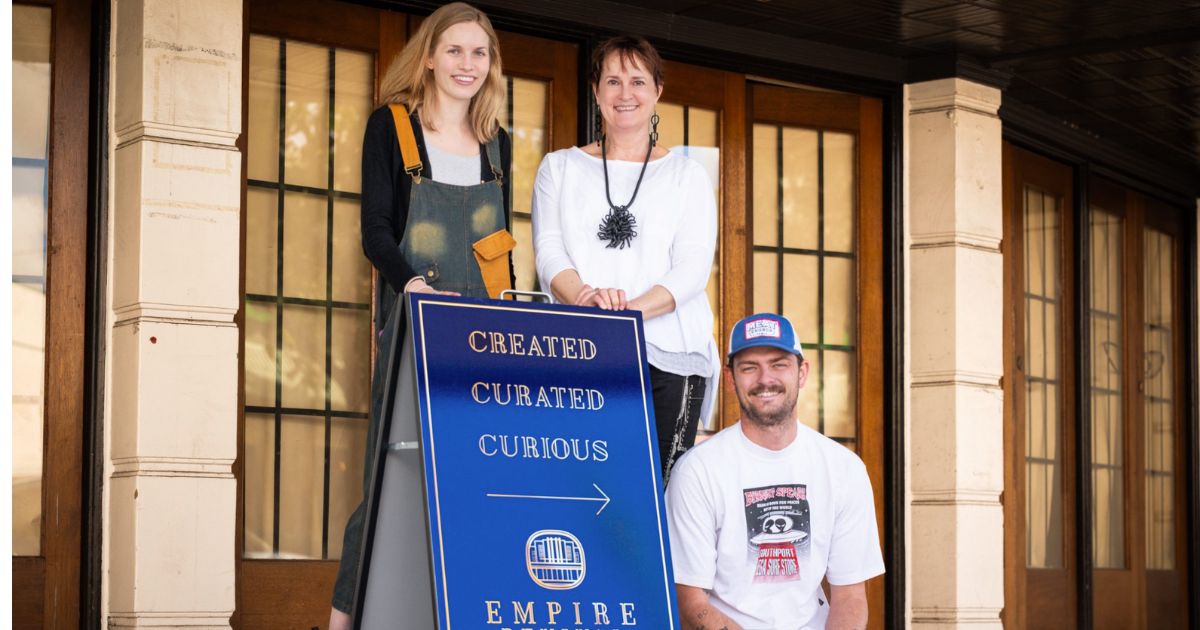Local study finds Australians struggle to spot dodgy moles

PhD candidate Ian Miller (left) with Associate Professor Michael Stapelberg conduct a whole-body skin check using cutting-edge FotoFinder mole mapping technology on a patient to detect malignant melanomas. Photo: SUPPLIED
AUSTRALIANS are struggling to identify malignant melanomas on their skin, raising concerns about the effectiveness of self-detection guidelines.
New research from Southern Cross University shows only one in five participants could accurately identify malignant melanomas.
Participants were more likely to notice advanced melanomas, leaving early-stage cancers undetected.
The study involved 260 participants, with only 31.9 per cent of biopsied lesions confirmed as melanomas.

Of those, just 21.7 per cent of participants suspected they had a melanoma, with most lesions found on the back, shoulder, or upper leg.
Associate Professor Mike Climstein, who led the study, said early detection is crucial for better outcomes and quality of life.
“We recommend regular outdoor users – walkers and runners, swimmers and surfers – who are at a much higher risk of melanoma, should undergo screening once a year regardless,” he said.
“For everyone else, if you either work or exercise out in the sun, particularly during peak ultraviolet radiation (10am to 2pm) or you have a higher risk of skin cancer such as history of melanoma or skin cancer, family history of skin cancer, have fair or freckled skin, have red or fair hair or lots of moles on your body, you should be getting screened every six months by your skin cancer doctor.”

The research team is calling for a review of existing melanoma screening practices in Australia.
They also suggest national prevention campaigns should include images and primary risk factors for malignant melanomas.
Co-author Associate Professor Jeremy Hudson said the findings highlight the need for updated screening guidelines.
“This study not only demonstrates that GPs in Australia have the ability to diagnose melanomas similar to any expert level internationally, but reinforces the message that the government needs to review its melanoma screening guidelines,” he said.


















